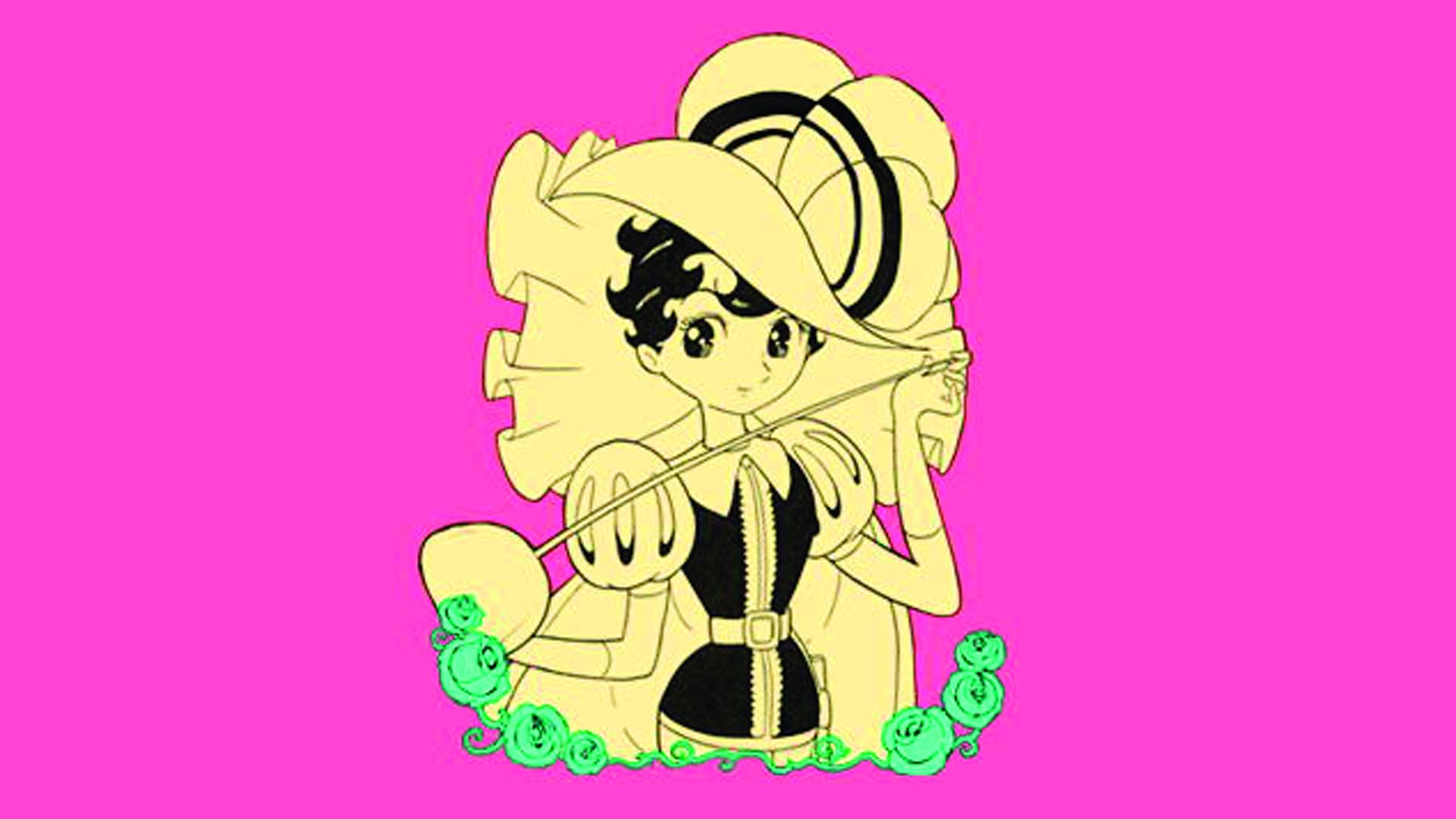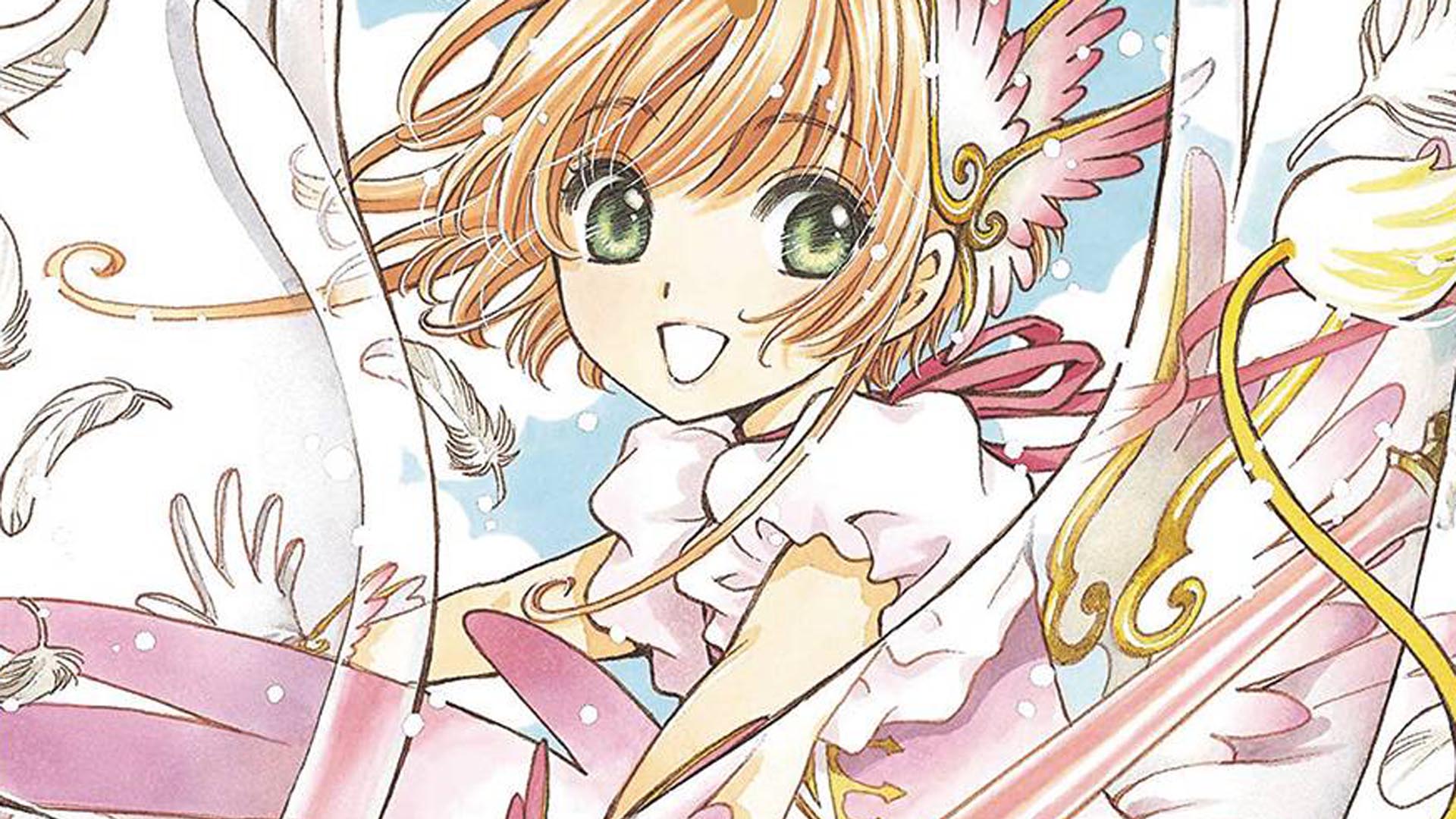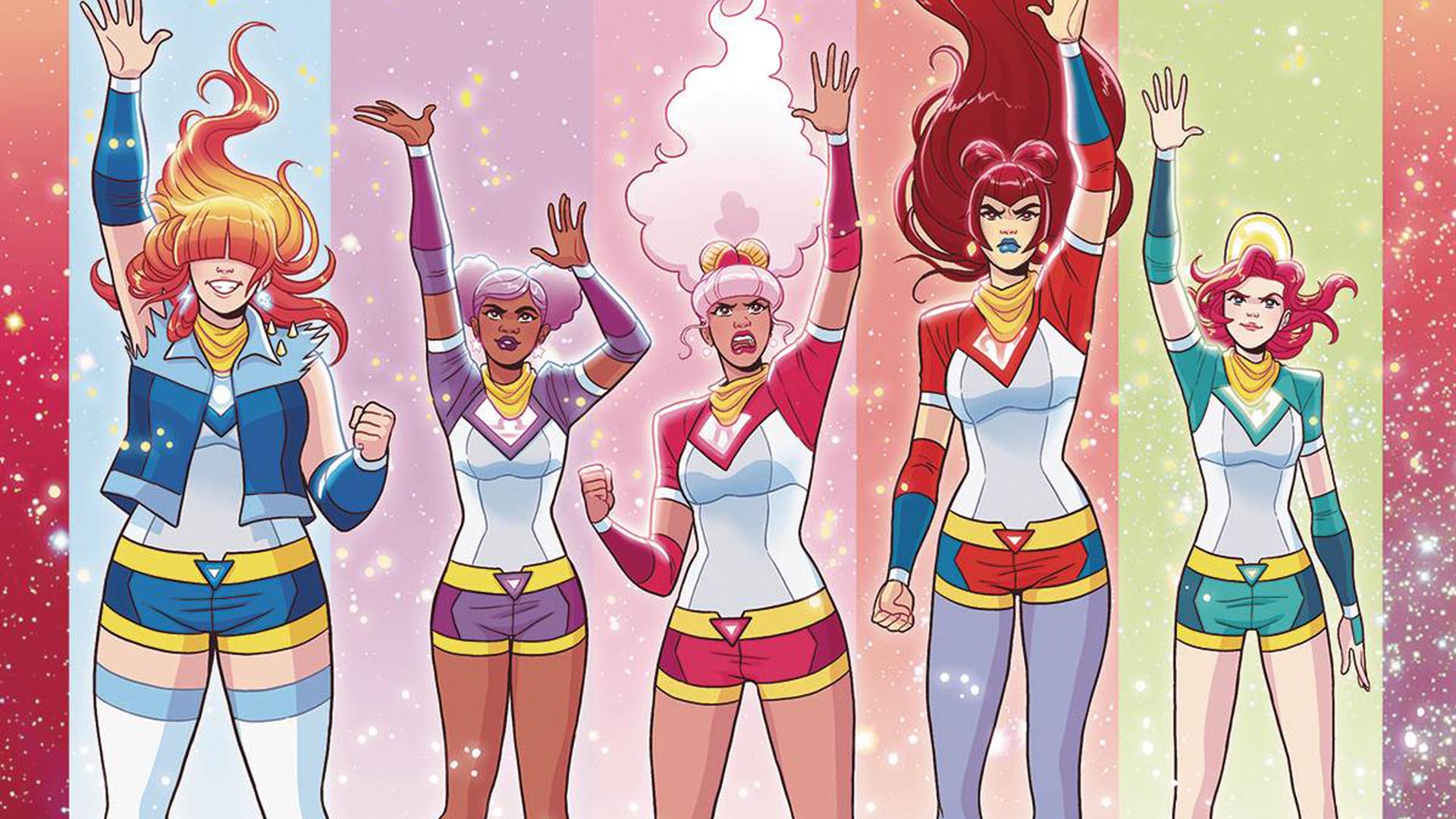The transformative legacy of magical girl manga
From Sailor Moon to Zodiac Starforce, there's a strong throughline - and its the magical girl genre

Mahou shoujo (magical girl) manga and anime has been one of the most influential subgenres of contemporary American comics. From recent creator-owned series such as Kevin Panetta and Paulina Ganucheau's Zodiac Starforce and Mildred's Louis' Agents of The Realm, but even back to some of DC and Marvel's superheroes.
The magical girl genre is a subgenre of Japanese fiction that is best known for featuring young girls gaining magical abilities and transforming into heroic warriors to fight evil. Perhaps the most popular example of this is Naoko Takeuchi's '90s manga Sailor Moon, which told the story of a moon princess reborn as a teenager who becomes a superhero.
Together, Sailor Moon and other '90s magical girl concepts such as Kunihiko Ikuhara's Revolutionary Girl Utena and CLAMP's Cardcaptor Sakura would inspire English-language comic books and webcomics across the board. But to understand the true impact of the magical girl genre, let's take a look back at its history.
The history of magical girl manga

The seeds for the magical girl genre were originally planted with Osamu Tezuka's manga Princess Knight, which was published in 1953 and is considered the prototype for mahou shoujo works due to how it featured a female action hero. Besides Princess Knight, The Secret of Akko-chan was another pioneering magical girl manga released in the early '60s.
The Secret of Akko-Chan tells the story of Akko, an ordinary girl who is granted a magical compact that allows her to transform into anything or anyone that she wants in exchange for doing good deeds. Both the manga and its anime adaptation would establish two prominent traits of future mahou shoujo works. One is the magical girl witch archetype that features young girls as witches using magical powers. The other is the mahou shoujo henshin (i.e. transformation sequence) that involves a young girl transforming with an item in order to use her magical powers to their fullest potential.
In fact, a magical girl manga and anime series of the '70s that utilized the henshin in creative and lewd ways is Go Nagai's manga Cutie Honey. Although aimed at a male audience, Cutie Honey possessed traits that would later be applied to other mahou shoujo works traditionally aimed at young girls. Not only did she call out her transformations, but she also made grand speeches about love and justice. Moreover, Cutie Honey featured a lot of action not typically seen in magical girl works at the time, which would make her anime adaptation popular with both boys and girls.
By the '90s, Naoko Tekeuchi's Sailor Moon would combine the influences of the aforementioned with influences from tokusatsu (Japanese shows with live-action special effects) and super-sentai (a Japanese superhero team franchise that would be localized as Power Rangers). Alongside Sailor Moon would arrive Kunihiko Ikuhara and Chiho Saito's manga and anime Revolutionary Girl Utena and CLAMP's manga series Cardcaptor Sakura.
Get the best comic news, insights, opinions, analysis and more!
Magical girl manga empowering a new generation

Although Sailor Moon, Cardcaptor Sakura, and Revolutionary Girl Utena weren't the only magical girl manga around, they could pretty much be considered the Holy Trinity of '90s magical girl media. This is largely due to the fact that all three of them share common traits that would appeal to Japanese and American audiences beyond its female-targeted demographic.
One aspect is that they featured a theme of young girls coming of age with the help of magical abilities that are powered by feminine qualities or objects. Sailor Moon's lead character Usagi Tsukino is known as a ditzy crybaby, but she fights evil with empathy as well as sparkly wand attacks powered by the moon. Meanwhile, the eponymous Cardcaptor Sakura is a sweetheart who wears colorful frilly outfits and would rather have her card spirits be her friends instead of just her servants. Finally, Utena critiques gender roles and norms with a pink-haired girl prince whose growth is symbolized by roses.
Another feature that these media share is that they all feature LGBTQ+ themes, which is groundbreaking when you consider the treatment of LGBTQ+ content and people historically in America. Although the manga faced no censorship in Japan or the United States, the lesbian romance between Sailor Moon's characters Sailor Uranus and Sailor Neptune was censored in the original '90s anime's English translation that aired in the United States. Cardcaptor Sakura also faced similar censorship that erased the romantic tension between two male characters Yukito and Toya. While not much is known about the Utena anime's English translation, its original Japanese version featured gay, lesbian, and bi characters, as well as hints of trans themes.
The legacy of magical girl manga

Today, the manga and anime counterparts of Sailor Moon, Cardcaptor Sakura, and Revolutionary Girl Utena have a massive legacy. In the US, a generation of creators that grew up watching and reading these manga and anime have gone on to create their own diverse and queer mahou shoujo-influenced works.
Kevin Panetta and Paulina Ganucheau's comic book series Zodiac Starforce takes some obvious cues from Sailor Moon's planet-powered Sailor Soldiers. The main characters are five diverse teenage girls using the power of zodiac signs to fight evil. Also, their uniforms are a more practical take on Sailor Moon's sailor suits and skirts, swapping out the skirts and heels for shorts and sneakers.
Meanwhile, Mildred Louis' Agents of The Realm is a vibrant, down-to-earth magical girl webcomic that features its heroines in a college setting. Almost the entire main cast is gay or bi, and there is a nice balance of action and socializing that is reminiscent of the slice-of-life moments in Sailor Moon and Cardcaptor Sakura. Not to mention, the armor, skirts, and weapons used by the girls are reminiscent of CLAMP's Magic Knight Rayearth, another magical girl-influenced manga they did prior to Cardcaptor Sakura.
Although Utena's legacy is more recognizable in animation than comics, there is still a clear influence in webcomics and other independent works. Mari Costa's fairytale-inspired webcomic Peritale has a bookish witch main character named Vallery that has a character design reminiscent of Anthy from Utena. Jacque Aye's Adorned By Chi has Emeka, a Nigerian male magical boy whose outfit and sword weapon evokes aesthetics from Utena's outfit and sword.
Although magical girl manga and American comics are vastly different from each other, they are a part of a long line of young girls and women who use magic to transform into warriors and witches. Through magic, the heroines (and heroes because boys fight alongside girls sometimes too) have the potential to transform into a better version of themselves. While it may not suit everyone's taste, the mahou shoujo sub-genre is here to stay, and its potential is massive and infinite.
The defacto flagship magical girl, Sailor Moon, is on our list of the best female superheroes of all time.

Latonya Pennington is a prolific pop culture critic. You can find them writing about comic books for Newsarama and GamesRadar+, and have published comics criticism on sites like WWAC, Comics MNT, and Syfy Wire, among others. Latonya is also passionate about video games, poetry, and fiction, covering all this and more as a freelance journalist.


